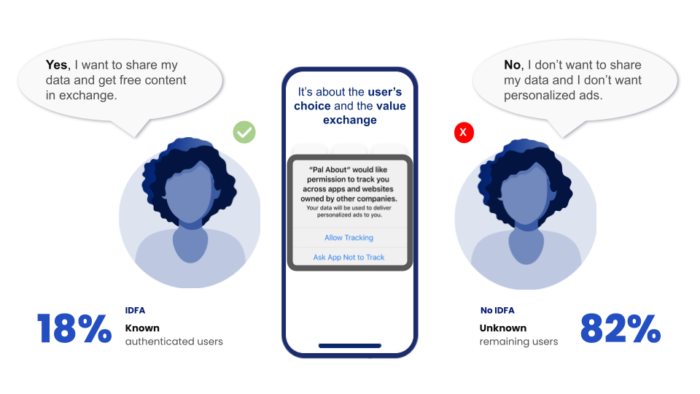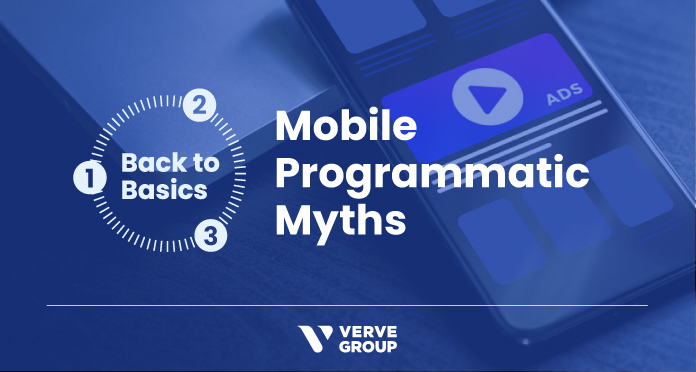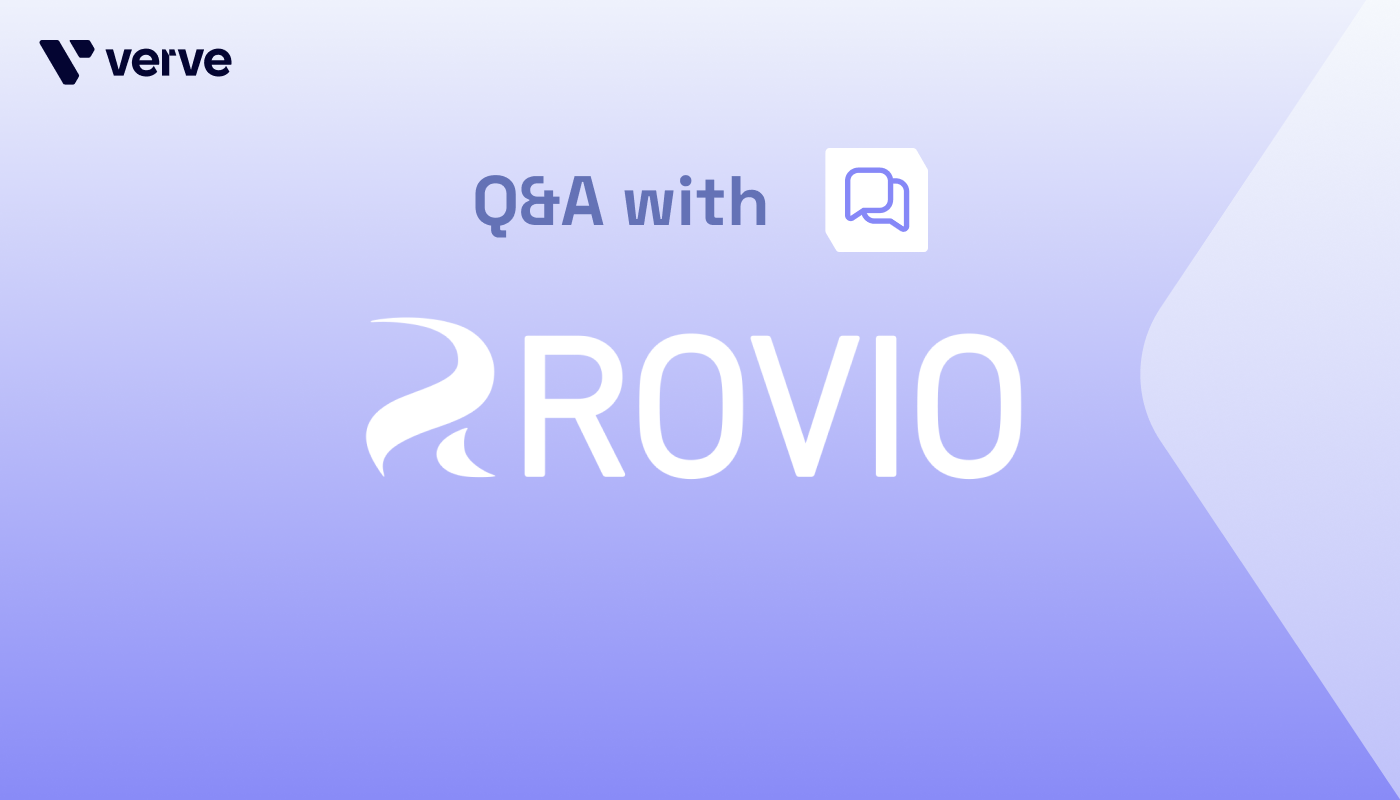During the pandemic, global mobile ad spend experienced a significant uplift. However, mobile programmatic advertising still is fighting to overcome misconceptions and reservations. Many assumptions about programmatic in-app advertising are founded in outdated beliefs and insecurities. As a full-stack ad platform, we will share the most common myths around mobile programmatic advertising we have come across — and debunk them.
Myth 1: In-app scale is minimal outside social media
50% of the hours spent on mobile are dedicated to social media and communication apps. On the publisher side, the top social and communication app categories are dominated by a select few global players which means that your ads compete against many other advertisers within their ecosystem. Auction-based programmatic advertising can help you find the right ad placement for a price you are willing to pay.
Also, don’t forget the other 50% of time spent on mobile is within a large variety of apps such as entertainment, utility, or productivity apps. Especially fueled by the pandemic, the usage of apps in the games, entertainment, health and fitness, as well as food ordering and ecommerce categories, grew up to 40%, bringing in other high-potential inventory sources.
Myth 2: In-app is mostly gaming, and that’s not my target audience
This presumption is two-fold; firstly, gaming apps do not make up the entire mobile programmatic landscape. Gaming apps seem to be the first category to come to mind when you think about mobile advertising. This could be attributed to the rise of hyper-casual apps over the past few years. Hyper-casual games — which account for almost one-third of downloads in the games category — focus heavily on monetization via mobile ads on programmatic pipes. Gaming apps, however, make up only 21% on Apple’s App Store and 14% on Google’s Play Store and account for roughly 9% of hours spent on mobile.

There are over 26 tier-1 and over 366 tier-2 app categories defined by the Interactive Advertising Bureau (IAB). Verve supports passing these categories through the bid stream. Therefore, advertisers can easily define target app environments and target their ads based on app categories, as well as a myriad of other contextual signals.
Nevertheless, gaming apps experienced a download and usage boost after the outbreak of COVID-19. Not only is its popularity an appealing factor, but there are various reasons brands should not be shying away from advertising in the game app category:
-
- The game app subcategories are more diverse than brands would expect. Therefore, they cater to a myriad of player demographics, from Baby Boomers to Millennials.
- Time spent in gaming apps is almost three times as high than in non-gaming apps. The increased session lengths enable advertisers to create multiple varying or even consecutive touchpoints inside a single session.
Looking for more reasons for brands to embrace mobile games as inventory options? We’ve got you covered.
Myth 3: In-app is fraudulent and mostly non-viewable
This myth covers two interconnected assumptions. Naturally, fighting fraud is an ongoing challenge for all ad channels, however, mobile advertising has come a long way in the fight against ad fraud. Fraud attempts have been recorded to be 25% lower for in-app advertising than for mobile web, and nowadays, mobile ad tech companies have various options to keep their pipelines clean. Verve, for example, is fighting ad fraud by openly promoting transparency and following IAB’s standards such as app-ads.txt, as well as adopting tools — such as GeoEdge and Pixalate — to scan ads and inventory for malware or fraudulent activity.
Viewability is another weighty factor for brands and advertisers. And mobile is one of the main digital channels where marketing effectiveness can actually be measured. Through our integration with IAB’s Open Measurement SDK, we provide advertisers with a built-in tool to measure viewability on their end. Advertisers who are hesitant to run mobile programmatic campaigns can invest in creatives for highly viewable ad formats such as rewarded videos. Rather than solely focusing on gaming apps alone, rewarded ad formats are finding their way from gaming apps towards other app verticals.
Myth 4: In-app ads are disruptive and not engaging
Another assumption that is falsely associated with mobile programmatic advertising is that ads served programmatically are inherently disruptive. However, any advertising channel can struggle with interference to the user experience (think of long ad breaks on linear TV). Mobile programmatic offers opportunities for quite the opposite, as it enables advertisers to run highly addressable, personalized campaigns for users through a myriad of ad formats. For example, by nature, native ads allow for seamless integration into the user flow. Fullscreen interstitials — which are often seen as most disruptive for their fullscreen overlay — can be turned into interactive rich media ads, or connected to small banners which expand at a click. Verve employs a “tap-to-map” approach, where users are shown a map to the closest store when the banner is expanding.
There are barely any limits to innovation when experimenting with mobile ads. Therefore, to get the most out of your programmatic in-app spend, start by setting the right goals and speak to your advertising partners to learn more about the right creatives and ad units to achieve them with.
Myth 5: Addressing mobile audiences programmatically without mobile identifiers is impossible
Mobile is one of the leading programmatic advertising channels that allow for specific audience targeting thanks to mobile identifiers such as Apple’s Identifier for Advertisers (IDFA) and Google’s Advertising ID (GAID). Information gathered via these identifiers enables brands and DSPs to play out campaigns that address specific target groups. These audiences are commonly made available via Private Marketplace (PMP) deals.
Until now, the mobile identifiers used to build these audiences remained active in the background, hidden away in the settings of the user’s device, until Apple brought ad tracking back on the user’s radar with the infamous iOS 14.5 update. The availability of Apple’s IDFA is currently decimated to around 18% of users who give their consent to be tracked for advertising purposes. And with Google’s announcement of the development of Federated Learning of Cohorts (FLoC), the GAID is expected to soon follow a similar path.

Has mobile addressability now been rendered impossible?
Now that these identifiers are going away and addressing the right target groups programmatically is becoming increasingly harder, new industry solutions are called for. Thankfully, Apple’s move has sparked new innovation in the territory of ad tracking on mobile. Firstly, users can be targeted based on alternative authenticated IDs such as the Unified ID 2.0. To be able to use this solution, however, publishers need to ask users for their consent.
Secondly, advertisers can take a fully privacy-compliant route, relieving publishers of the need to gather any consent from the users, and run campaigns on anonymized audiences. With the launch of ATOM, Anonymized Targeting on Mobile, we at Verve are offering the industry’s first anonymized and on-device audience targeting solution for mobile marketers. Hence, it is indeed possible to address users on mobile programmatically without the need for mobile identifiers.
As the mobile programmatic advertising landscape continues to evolve, it’s important to stay up-to-date and informed of the constant changes and advancements. We hope that with all of the misconceptions out there around advertising programmatically on mobile that you’re now armed and ready with the facts and counter-arguments.
If you are interested in running effective programmatic campaigns on mobile, experiment with high-impact ad units, or are interested in targeting anonymized audiences, reach out to us.








